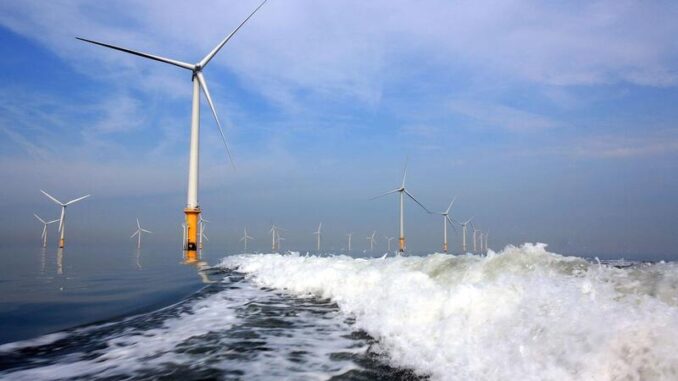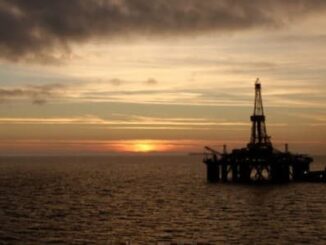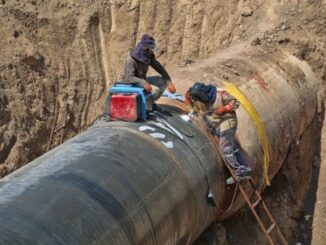
Nearly 40% of the 380GW pre-sanctioned offshore wind pipeline forecast to reach FID between 2024 and 2030 is considered under risk, a new analysis by Westwood claimed.
In its recent Project Certainty White Paper, the analysis revealed that developers such as TotalEnergies and BP have the highest risk profiles, with substantial pipelines but limited or no operational capacity, compared to Ørsted and RWE with sizeable track records and a less risky unsanctioned portfolio.
“Offshore wind market uncertainty is rife. The growing diversity of developers in the marketplace, combined with evolving development and commercialisation approaches has created a complex landscape. This is compounded further by the diversification of the investor landscape, with oil and gas majors, public investment funds, and even fashion houses entering the sector. However, despite this uncertainty, there is significant opportunity ahead to be capitalised on, but we must first understand the risk,” said Bahzad Ayoub, a senior analyst for offshore wind at Westwood.
According to the consultancy, when viewed collectively, current projections reveal a pipeline that faces sizeable risks before reaching FID, with only 9% of capacity seen as probable with the remaining 51% viewed as possible, and 40% – worth around $353bn – as risked.
Westwood has formulated three scenarios leveraging project certainty statuses to estimate the potential offshore wind capacity that could reach FID by 2030.
One potential high scenario reaches 504GW of cumulative sanctioned capacity by 2030, with the medium and low cases reaching only just over 351GW and 157GW, respectively.
Europe dominates across all three scenarios, forecast to account for 208GW – the highest amount of cumulative capacity – that will reach FID by 2030, of which a large proportion, some 47%, sit within the possible certainty status.
The Rest of Asia reflects the greatest extent of risked capacity within the share of the region’s pipeline, with the Rest of the World next in line, in large part due to immature and evolving offshore wind markets and limited developer track record.
Westwood claims that offshore wind projects in the US account for 67% of the region’s total pipeline capacity. Despite the delays and cancellations that the US has been facing like the recent withdrawal of Ørsted from the Skipjack and Ocean Wind 1 and 2 projects due to the mismatch between rising costs and expected revenues, the number of risked projects remains relatively small.



